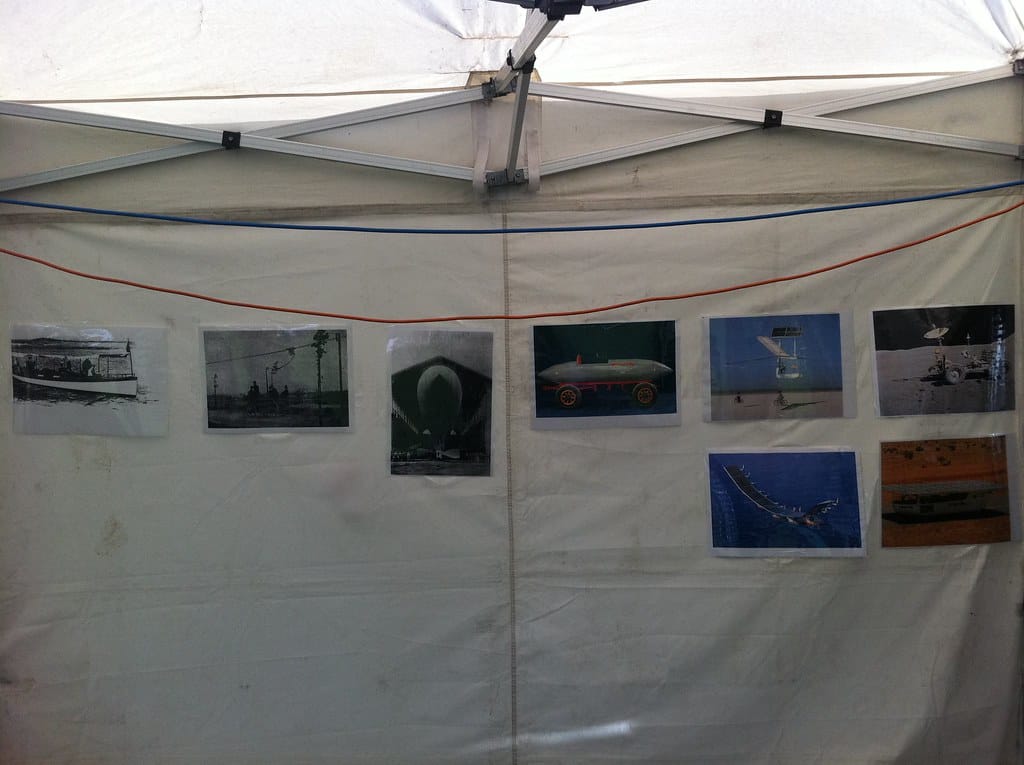America's EV Battery Gamble: Billions Invested, Future Uncertain
The American dream of electric vehicle dominance is hitting a pothole. After pouring billions into domestic battery manufacturing facilities, the U.S. finds itself caught between ambitious climate goals and harsh market realities, with some of these massive investments now facing an uncertain future.
The Great Battery Plant Rush
Over the past three years, America has witnessed an unprecedented surge in electric vehicle battery plant construction. Fueled by the Inflation Reduction Act's $369 billion in clean energy incentives and growing concerns about supply chain dependence on China, companies rushed to establish manufacturing footprints across the Rust Belt and beyond.
Major automakers and battery manufacturers have committed staggering sums: Ford and SK Innovation's $11.4 billion investment in Kentucky and Tennessee, General Motors' $2.6 billion Ohio facility with LG Energy Solution, and Tesla's $3.6 billion Nevada expansion. Combined with dozens of smaller projects, the total investment exceeds $100 billion—a bet that seemed bulletproof just months ago.
Warning Signs on the Horizon
The euphoria is cooling rapidly. Several factors are converging to create what industry analysts describe as a "perfect storm" threatening these investments:
Slowing EV Adoption: After years of explosive growth, U.S. electric vehicle sales are plateauing. The fourth quarter of 2023 saw EV sales growth drop to just 1.3% compared to the previous quarter, far below projections that guided these massive facility investments.
Price Wars and Margin Pressure: Tesla's aggressive pricing strategy has triggered industry-wide price cuts, squeezing profit margins across the sector. When automakers struggle to turn profits on vehicles, battery plant economics suffer accordingly.
Technical Challenges: Many facilities are discovering that ramping up battery production to commercial scale is far more complex than anticipated. Quality control issues, yield problems, and supply chain hiccups have delayed production timelines and increased costs.
The China Factor
Perhaps most concerning is the growing realization that escaping Chinese supply chain dominance may be impossible in the near term. Despite massive domestic investments, critical battery materials and processing capabilities remain concentrated in China. The recent proposal to restrict Chinese battery technology in vehicles eligible for federal tax credits has created additional uncertainty about which facilities will remain competitive.
"We're trying to build a domestic supply chain while the rules of the game keep changing," explains Sarah Martinez, an automotive industry analyst at Strategic Insights. "Companies that started construction two years ago are now questioning whether their plants will be economically viable."
Stranded Assets in the Making?
The most vulnerable facilities are those that haven't reached full production capacity. Ford's BlueOval SK plants in Kentucky, while nearing completion, face questions about demand for their planned output. Similarly, several smaller battery component manufacturers are reassessing expansion plans as market conditions shift.
The risk extends beyond individual companies. Entire communities that welcomed these projects with tax incentives and infrastructure investments now face the prospect of underutilized facilities. Local governments in Ohio, Michigan, and Georgia are particularly exposed, having offered substantial incentive packages worth hundreds of millions in total.
Government Response and Policy Implications
The Biden administration faces a delicate balancing act. While committed to supporting domestic battery manufacturing through continued subsidies and trade protections, policymakers must also acknowledge market realities. Recent discussions about adjusting EV tax credit requirements and extending timeline deadlines suggest recognition that the original transition timeline may have been overly optimistic.
Looking Ahead: Adaptation or Abandonment?
Not all investments are doomed. Facilities with strong partnerships, diversified customer bases, and flexible production capabilities are better positioned to weather the current uncertainty. The key differentiator appears to be adaptability—plants that can adjust production volumes and potentially pivot to other applications like grid storage may survive and thrive.
The Bottom Line
America's EV battery plant investment boom represents both the promise and peril of industrial policy in rapidly evolving markets. While some facilities will undoubtedly succeed and contribute to long-term energy independence, others may become expensive reminders of the challenges inherent in government-led economic transformation.
The next 18 months will be critical. Market demand, policy stability, and technological progress will determine whether these investments become the foundation of American EV leadership or cautionary tales about the risks of betting big on emerging industries. For now, the future of America's electric vehicle ambitions hangs in the balance.

